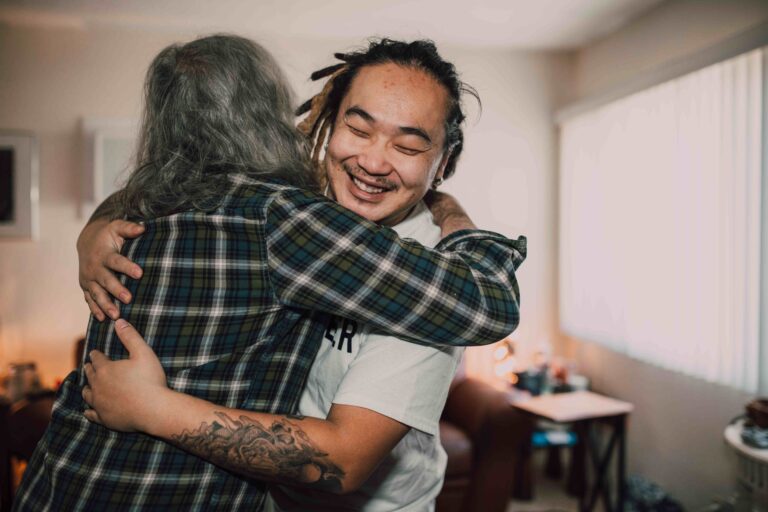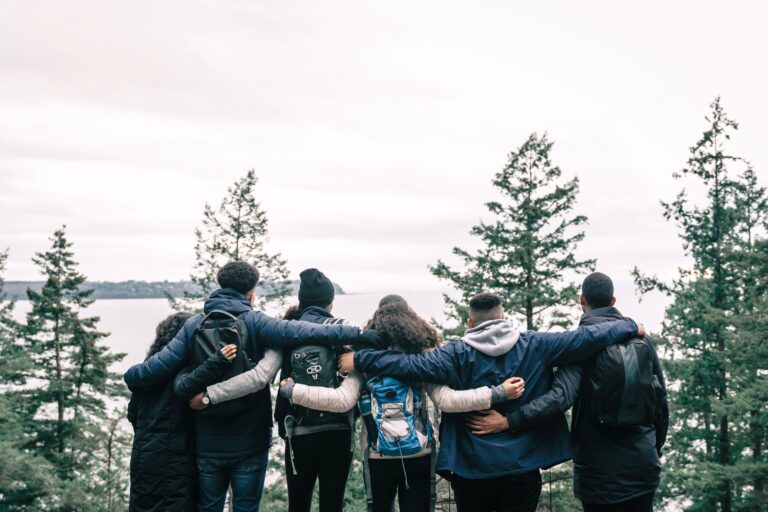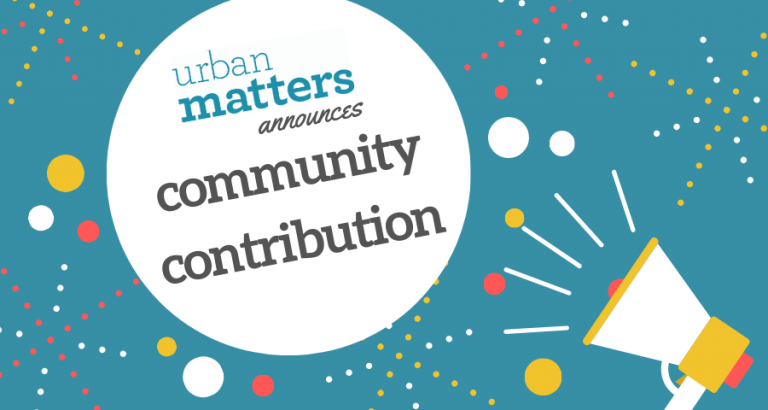10 March 2017
The Energy Circle Failure Report: A Humbling Fable of a Gnat and a Bull
Contributor – Erin Welk, Urban Matters Community Catalyst
Our experience launching the Energy Circle is a bit akin to the well-known Aesop fable about the knat and the bull. A gnat is buzzing around a meadow and eventually decides to rest on the horns of a Bull. Before he leaves, he begs the Bull’s pardon for using his horn as a resting place. The gnat expresses that the Bull must be very happy that he’s finally leaving, and the Bull replies, “It’s all the same to me. I did not even know you were there.” Hmm, we too, aren’t necessarily as important as we envisioned.
After over two years of thinking, framing, pivoting, reframing, and pirouetting, our Energy Circle is no closer to launching than when we started. Our challenge and opportunity is a big one – energy empowerment in Indigenous communities across Canada. Our results can be linked to our failure to listen and adapt to the indicators we received from the system we were trying to change.
Our reflections in this failure report are intended to help us move our initiative forward. We hope us sharing our story helps you avoid some of our mistakes.
A REFLECTION ABOUT SCALE
Our ambition for the Energy Circle was to change the system – a system that relies on fossil fuels being shipped into communities by large corporations. If energy procurement is shifted to renewables sourced locally, this new system will enable communities to benefit both socially and economically.
This all sounds great, but unfortunately, our ambitions got the better of us.
By working directly with several communities on energy innovation projects and cultivating the leadership to develop and scale ideas, we can potentially establish and strengthen the relationships needed to begin something larger.
Relationships are much more powerful to create measurable change in communities than a series of tactics or tools we can pull out of our systems change theory books.
Lesson: Start small and scale from there. Grassroots initiatives build relationships and trust. Enough grassroots successes can lead to a tipping point in the system.
LEARNING ABOUT THE RIGHT LEADERS
Our intent with the Energy Circle was to set the stage for its launch. By the time it was designed and funded, we would have built relationships with key Indigenous organizations who would then lead the initiative. Although we built fantastic relationships with several individuals and organizations with whom we’ve been proud to partner with, a natural leader did not emerge. Without one, it felt disingenuous to move forward.
Lesson: Time spent establishing the right partner upfront will pay off later. If the right partner doesn’t exist, the better option might be to use your capacity to create it, or look for a different problem.
ARE WE THE KNAT OR THE BULL? THE NEED TO CHECK OUR EGOS
As we initiated, designed, and conceived the Energy Circle, we let our egos for big, systems change get the better of us. Who are we to suggest a process to bring renewable energy innovations to Indigenous communities? Have we been asked? In some cases, yes. But instead of working with those who explicitly asked us for help, we took their questions as signals for help and solutions needed within the entire system.
Lesson: Even the most elegant solution will go nowhere if it doesn’t start with an invitation from those experiencing the problem.
MONEY MATTERS. PERIOD.
We heard from other organizations that have successfully launched social change initiatives that compelling problems and solutions find funding. Some had us believe that there were dollars just floating out there to be claimed! Our experience was not so lucky. Despite positive signals from our partners and funders, we failed to capture any dollars set aside for economic development, social change, and renewable energy systems in Indigenous communities. Our capacity to maintain our focus, partnerships, and ultimately pull off the work cannot happen without funders.
Lesson: An unfunded initiative won’t ever achieve the change you and your team expect to see.
Our lack of success has given us some opportunity to pause and reflect. Our trickiest learning, however, comes in the area of collaborative management and leadership. How did we fail to recognize those signals we outline above? After all, it wasn’t our first time engaging with tough systemic issues.
THE IMPORTANCE OF CHANGING COURSE
We didn’t have a true manager or leader within our Energy Circle partnership, which was mostly by design. Despite our inability to check our egos, we also didn’t feel at Urban Matters that we had the moral authority to truly lead the initiative, and in that vacuum, we stayed too long on one course. Our experience illustrates the pitfalls of collaborative leadership. Who has the moral authority to change course and react quickly to shifting circumstances? Who has the decision-making rights?
Lesson: Establish principles of collaborative leadership and management with your partners upfront. Don’t assume everyone has the same perspective about who has the moral authority to change course.
MOVING FORWARD…
Are we still passionate about energy empowerment in Indigenous communities as a mechanism for social and economic change? Absolutely! However, 2017 will see us pivoting to work closely at the grassroots level while we focus on hiring and mentoring the right Indigenous team to lead the Energy Circle.
Here’s to hoping we can better recognize and listen to the signals that will emerge in our journey.
The Energy Circle seeks to introduce renewable energy as an economic and social catalyst within Indigenous communities across Canada. Our approach focuses on supporting young leaders identifying and establishing innovations in renewable energy systems and processes that will work within their lives and environments.
Follow our progress at: http://www.the-energy-circle.ca/
About Erin:
Erin leads in the development of our portfolio of climate change related projects and initiatives, and is currently developing a social lab called The Energy Circle, that aims to further support and accelerate the emergence of Indigenous People as the leaders, innovators and agenda-setters in renewable energy development in Canada. She is an avid world traveller, cyclist, and urbanist, and is based in Kelowna, BC.
Categories:
Social Enterprise




